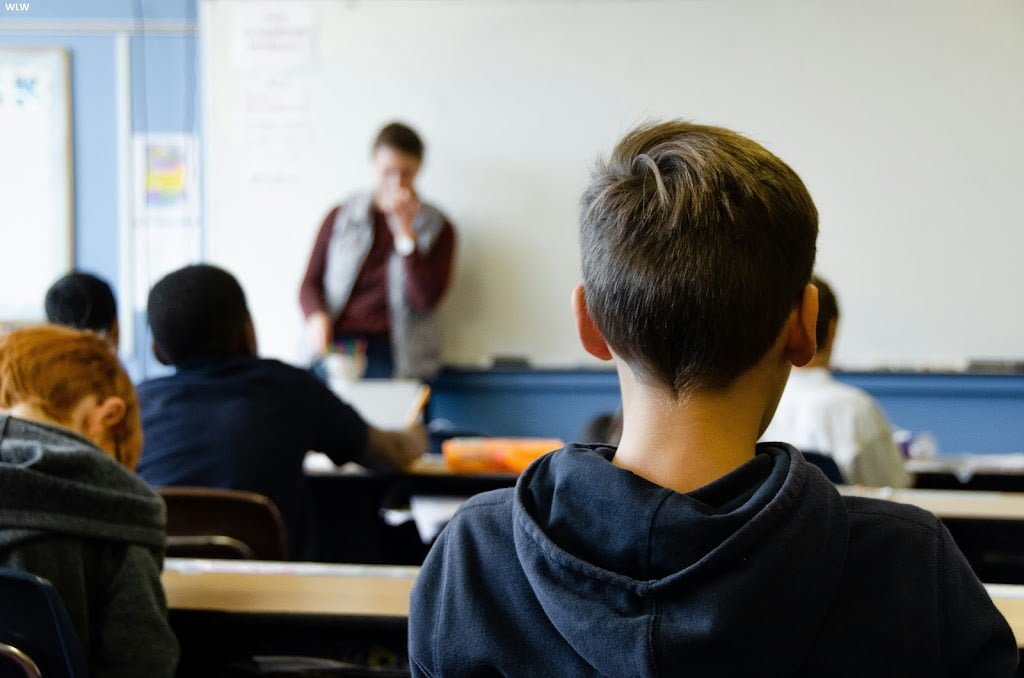By becoming a member of our site, you can add the content you like to your favorites, and present the content you have produced or liked on the internet to our site visitors with the send content option.
Zaten bir üyeliğiniz mevcut mu ? Giriş yapın
By becoming a member of our site, you can add the content you like to your favorites, and present the content you have produced or liked on the internet to our site visitors with the send content option.
You Can Benefit from All Options Exclusive to Our Members by Registering
Next Content:
Success Stories and Case Studies: Inspiring Examples of Dropshipping Triumphs
- Home Page
- #AuditoryLearners
- Who Learns What: An Introduction to Learning Styles
Who Learns What: An Introduction to Learning Styles
Every individual has a unique approach to learning and absorbing information. Understanding different learning styles can greatly enhance educational experiences by tailoring teaching methods to match the preferences and strengths of learners. In this article, we will explore the concept of learning styles, the different types of learning styles, and how educators can leverage this knowledge to create effective learning environments.
Visual Learners: Visual learners prefer to learn through images, charts, graphs, and other visual aids. They have a strong ability to remember and recall information presented in a visual format. Educators can support visual learners by incorporating visual elements into their teaching, such as using visual aids during lectures, providing diagrams and infographics, and encouraging the use of color-coded notes and highlighters.
Auditory Learners: Auditory learners grasp information best through sound and verbal explanations. They benefit from listening to lectures, participating in discussions, and engaging in verbal activities. Educators can accommodate auditory learners by incorporating audio recordings, group discussions, and oral presentations into their teaching methods. Providing opportunities for auditory learners to explain concepts verbally or listen to recorded lectures can enhance their learning experience.
Kinesthetic Learners: Kinesthetic learners learn through physical engagement and hands-on experiences. They prefer learning by doing and require movement and tactile stimulation. Educators can support kinesthetic learners by incorporating interactive activities, experiments, and role-playing exercises into their lessons. Providing opportunities for hands-on learning, such as through simulations or practical applications of concepts, can greatly benefit kinesthetic learners.
Reading/Writing Learners: Reading/writing learners excel in textual-based learning. They prefer written materials, textbooks, and note-taking. These learners often benefit from writing out information in their own words to reinforce comprehension. Educators can cater to reading/writing learners by providing well-organized written materials, assigning reading assignments, and encouraging them to take thorough notes and engage in writing exercises.
Multimodal Learners: Multimodal learners exhibit a combination of learning preferences from multiple styles. They benefit from a variety of teaching methods that incorporate visual, auditory, kinesthetic, and reading/writing elements. Educators can engage multimodal learners by employing a mix of teaching strategies and providing diverse learning resources that cater to different learning styles. Flexibility and variety in teaching approaches are key to accommodating the needs of multimodal learners.
Discover the concept of learning styles and how they impact educational experiences in this comprehensive article. Explore the different types of learning styles, including visual, auditory, kinesthetic, reading/writing, and multimodal. Learn how educators can tailor their teaching methods to accommodate diverse learners and create effective learning environments. Enhance your understanding of learning styles and their implications for student success. This article provides valuable insights for educators, parents, and students interested in personalized learning approaches and optimizing the learning process.
- On-Site Comments





















